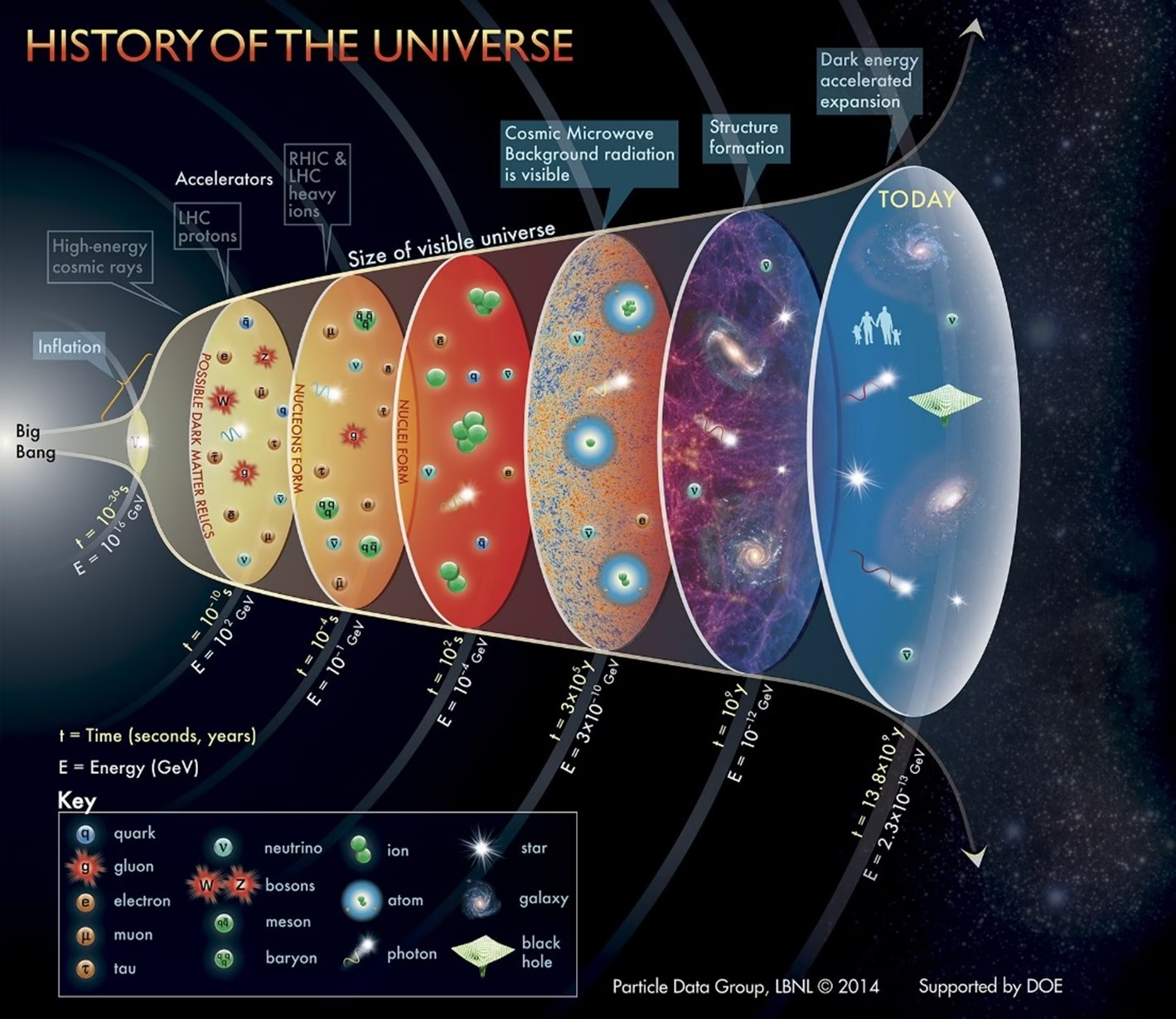We are Launching Live Zoom Classes for 9th and 10th-grade Students. The first batch is from 7th April 2025. Register for a Free demo class.

History of Physics
The history of physics is a vast and fascinating subject that spans several millennia. It encompasses the study of the fundamental laws and principles that govern the natural world, the development of scientific theories, and the remarkable discoveries made by countless scientists throughout history. Here’s an overview of the major milestones and key figures in the history of physics:
Ancient and Classical Periods:
- Ancient Greek philosophers such as Thales, Pythagoras, and Aristotle laid the foundation for early scientific thought. They speculated on the nature of matter, motion, and the elements.
- Archimedes made significant contributions to the understanding of buoyancy, levers, and the calculation of pi.
- In Hellenistic times, scholars like Euclid, known for his work on geometry, and Ptolemy, who developed a geocentric model of the universe, made notable contributions.
Medieval and Renaissance Periods:
- Islamic scholars, including Alhazen and Avicenna, made advancements in optics and medicine.
- In the 16th century, Nicolaus Copernicus proposed a heliocentric model of the solar system, challenging the geocentric view.
- Johannes Kepler formulated his laws of planetary motion, and Galileo Galilei made significant astronomical observations and conducted experiments on motion.
17th and 18th Centuries:
- Sir Isaac Newton’s Principia Mathematica (1687) laid the foundations of classical mechanics and introduced the laws of motion and the universal law of gravitation.
- The study of thermodynamics began with the work of scientists like Robert Boyle, Joseph Black, and James Joule, leading to the formulation of the laws of thermodynamics.
- In electromagnetism, Michael Faraday discovered electromagnetic induction and formulated the concept of the electromagnetic field.
19th Century:
- James Clerk Maxwell’s equations unified the study of electricity and magnetism, leading to the prediction of electromagnetic waves and the development of classical electrodynamics.
- The wave theory of light gained prominence through the works of Thomas Young and Augustin-Jean Fresnel.
- Thermodynamics and statistical mechanics progressed with the contributions of Sadi Carnot, Rudolf Clausius, and Ludwig Boltzmann.
20th Century:
- Albert Einstein revolutionized physics with his theory of relativity. The special theory of relativity (1905) proposed that the laws of physics are the same for all observers in uniform motion. The general theory of relativity (1915) provided a new understanding of gravity.
- Max Planck’s quantum theory (1900) introduced the idea of quantized energy and laid the groundwork for quantum mechanics.
- Quantum mechanics, developed by pioneers like Werner Heisenberg, Erwin Schrödinger, and Paul Dirac, described the behaviour of particles at the atomic and subatomic levels.
- The discovery of the electron by J.J. Thomson and the atomic model proposed by Ernest Rutherford and Niels Bohr advanced our understanding of atomic structure.
Contemporary Physics:
- The study of particle physics expanded with the construction of particle accelerators like the Large Hadron Collider (LHC), leading to the discovery of new particles such as the Higgs boson.
- The development of quantum field theory brought together quantum mechanics and special relativity, providing a framework for understanding the behaviour of particles and forces.
- The field of cosmology has seen significant progress, with the discovery of cosmic microwave background radiation and the formulation of the Big Bang theory.
It’s important to note that this is just a brief overview of the history of physics, and there are numerous other contributions, sacrifices and discoveries made by various scientists that have shaped our understanding of the physical world. The field continues to evolve and expand, with ongoing research in areas like quantum gravity, string theory, and dark matter.
